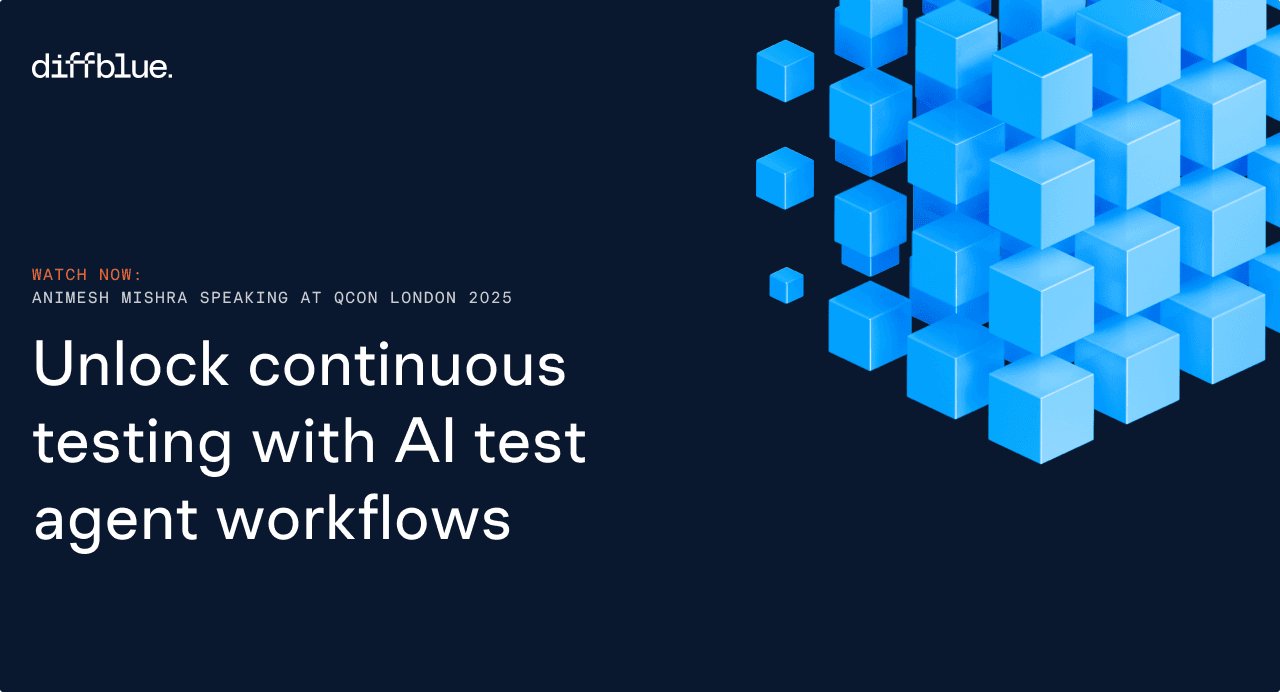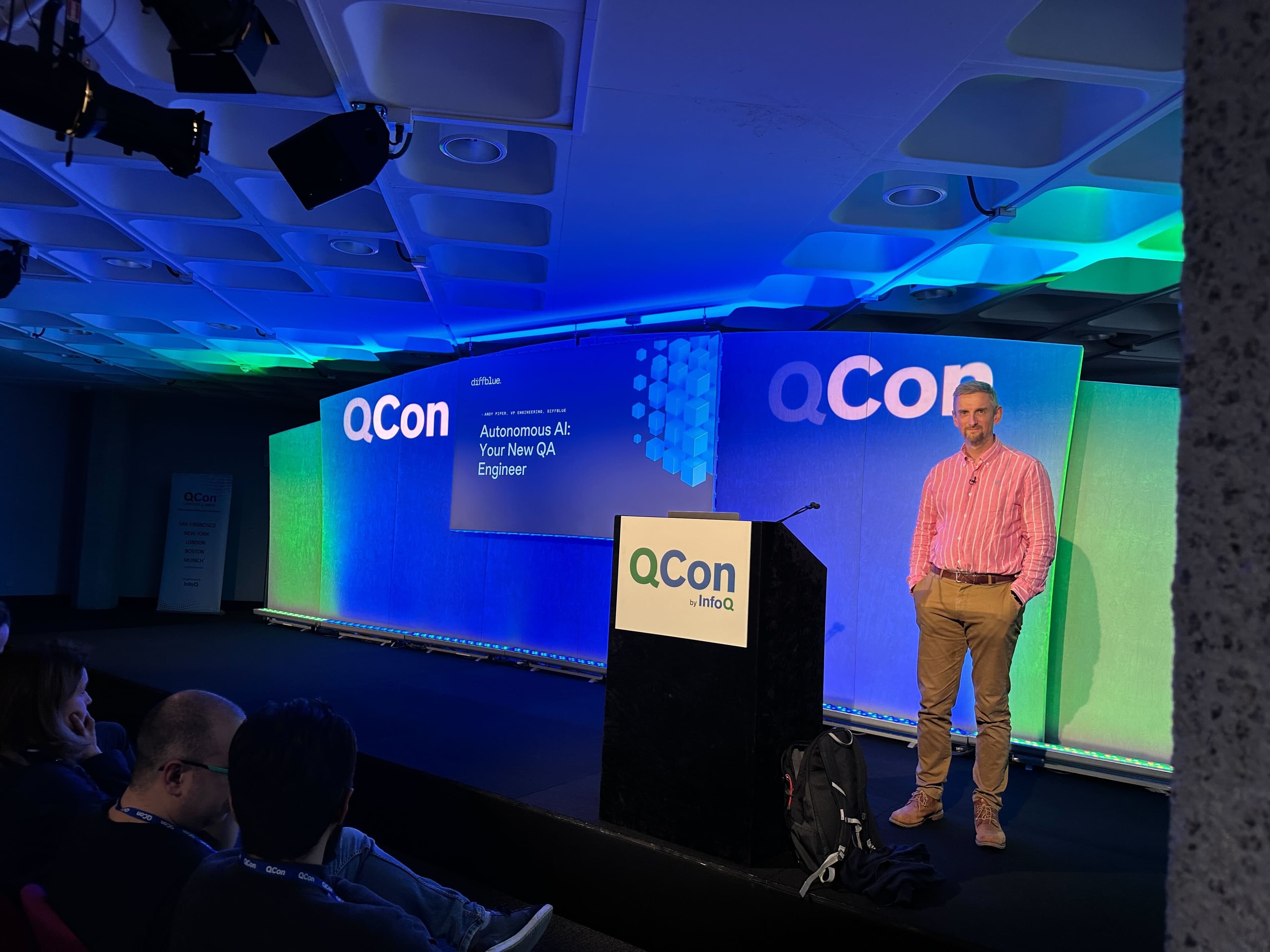Code coverage achieved by testing is often used as a key indicator of code quality and reliability. But while it’s an obtainable metric, coverage is a blunt instrument that can provide a false sense of security. In fact, setting impractical coverage targets can have actively negative consequences.
Chasing a headline number often drives a focus on test volume rather than criticality, with many projects struggling to cover the most important aspects of their code even as they build big test libraries. The end result is an ineffective quality assurance process with a higher risk of regressions, lower software reliability and developers that aren’t delivering the value they could.
In this webinar our speakers will discuss what factors constitute a realistic unit test coverage target on new and legacy projects, and how to augment your development workflow with automated pre-commit testing to help achieve your coverage goals. They draw on experience of implementing such strategies in environments with stringent requirements for code quality and security.
Join us to learn:
- What constitutes a realistic coverage goal for your project?
- Tips on how to achieve higher test coverage with less effort across your enterprise.
- The role of automation in freeing up valuable resources.
Speakers:
Matthew Richards is the Head of Product at Diffblue, where he spends a lot of time talking to Java teams about their challenges and how automation can help. Prior to joining Diffblue Matthew spent 10 years at Cisco leading international engineering and product teams, and was a founder at Richberg Data Resiliency.
Adam Mackay is a Senior Product Marketing Manager at Diffblue, with over 20 years’ experience in managing, designing and deploying software for safety critical systems.



